History of the Rocca
Vicopisano's 16th July 1406 the Florentine army succeeded in conquering Vicopisano after a nine months siege. In defence of the precious conquest, it was necessary to build a fortress, that ought to be impregnable. That’s why the Government of Florence commissioned to Filippo of Ser Brunellesco (Filippo Brunelleschi) a project that created a sensation since the presentation of its wood and clay model to the Government Commission. A member of that Commission was the young leader Francesco Sforza, who would later become the Duke of Milan. The building of the fortress started in 1435: many churches and palaces that were on the top of Vico's hill were demolished.
Brunelleschi fortification englobed an ancient tower dating back to the 12th century, once a possession of the Archbishop of Pisa: the Tower of Santa Maria , which became the donjon of the fortress. The typology of the fortress is medieval: high walls with battlement resting on little arches, and loopholes which allowed the pouring of burning rosin and boiling oil on the assailers. What was really remarkable, however, was the ingenious and innovative system of drawbridges, that, when they were lifted, could cut off parts of the fortress from the rest if there was an invasion. For instance, before entering the courtyard of the Rocca, enemies had to break through the ante-door with its drawbridge and moat first. In case of impending loss of the courtyard, the defendants could demolish the stair - based on four slender arches – that connected the courtyard to the patrol route on the curtains. If the enemy reached the curtains, the defendants would consolidate a bridgehead in the tower: by retrieving the drawbridge that linked the patrol route to the only entrance of the tower, it was possible to isolate it from the rest of the fortification. The tower was provided with a cistern and a depot to store up the supplies that allowed to withstand long sieges.
The most ingenious solution was however the powerful battlemented massive wall that descended from the Rocca to the base of the hill, ending in a 21 metres high tower, the Torre del Soccorso (Defence Tower), which was situated near the river Arno at that time: if the enemy entered Vicopisano, it would be impossible to besiege the Rocca and cut off the supplying of food. From the Torre del Soccorso – which was positioned near the Arno river – it was possible to get support from Florence: the boats could dock at a little cove defended by fortifications (no more existing), unload gun powder and men that, through a narrow portal and by means of ladders, reached the second floor of the tower. From that position they were able to access the massive wall and go up towards the Rocca. In the event of the seizure of the “Torre del Soccorso”, it would be very hard for the enemy to cover the battlemented passageway exposed to the fire coming from the Rocca; moreover, they would find the only possible connection between the massive wall and the patrol route- a door with a drawbridge - interrupted. Today, from the tower once used for signalling to Florence, we can enjoy the view on the hills and fields and relish the peaceful and serene atmosphere.
Text elaborated from: 'Le fortificazioni di Vico Pisano: un capolavoro dell'ingegno di Filippo Brunelleschi' by G. Ranieri Fascetti - Pisa; ETS, 1998
“…E’ ne medesimi tampi regionandoci di fortificare Pisa, non s’essendo ancora fatto pensiero della cittadella nuova, Filippo fu mandato là a esaminare in che modo fortificassi […] Così fece pensiero di forzifficare Vico Pisano con uno càssero e torri e quello che bisogni, ed andòvi Filippo con alcuno dello Uficio deè Dieci di Balia, che regnavano, Filippo vide ed assaminò tutto, e conferirtono poi con resto dello Uficio el disegno e pensiero ch’egli avevano fatto, e tutti s’accordarono che ‘l suo era bellissimo pensiero e fèciogliene fare modello di terra e di legname e dio quello che era necessario…”
‘Vita di Filippo Brunelleschi’ by Antonio Manetti, Salerno Editrice 1992
Highlights
- started building in: 1435
- height: 32 metres circa
- architect: Filippo Brunelleschi


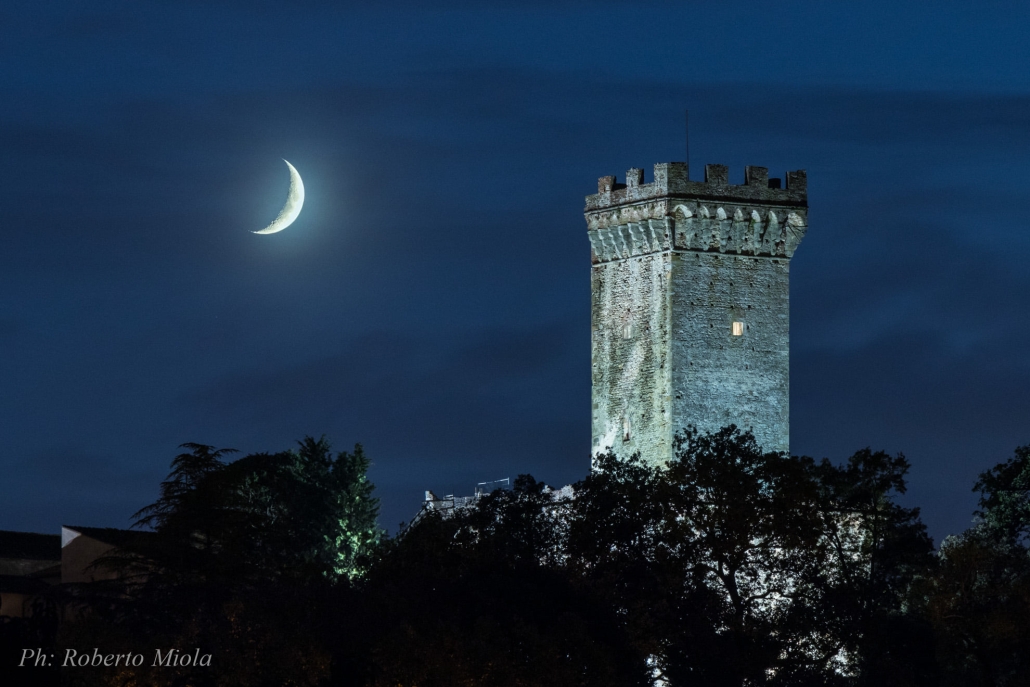
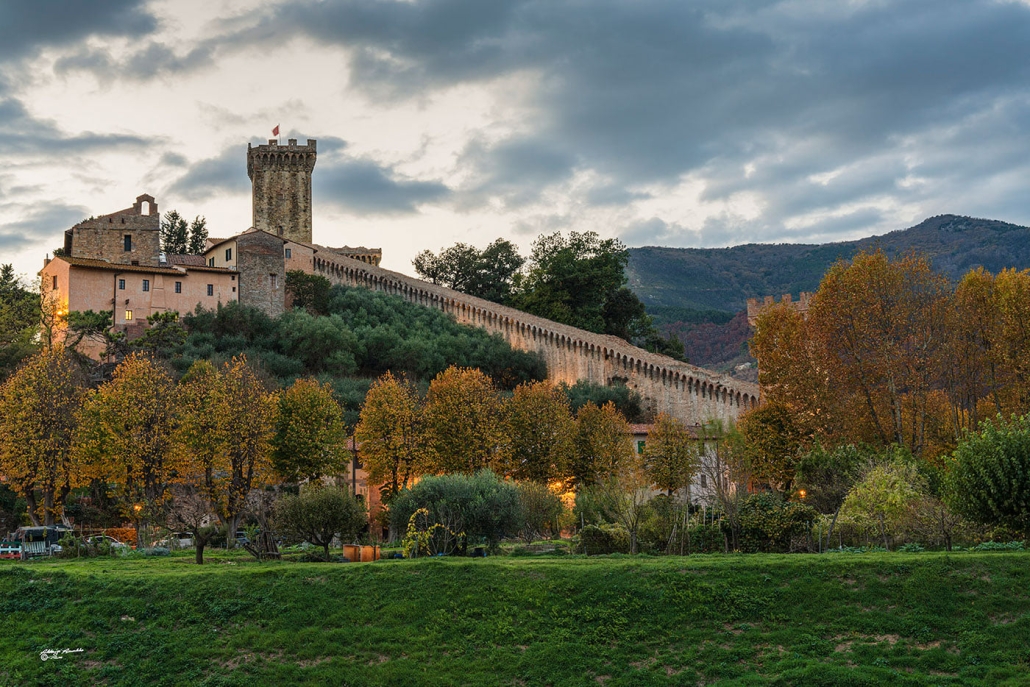
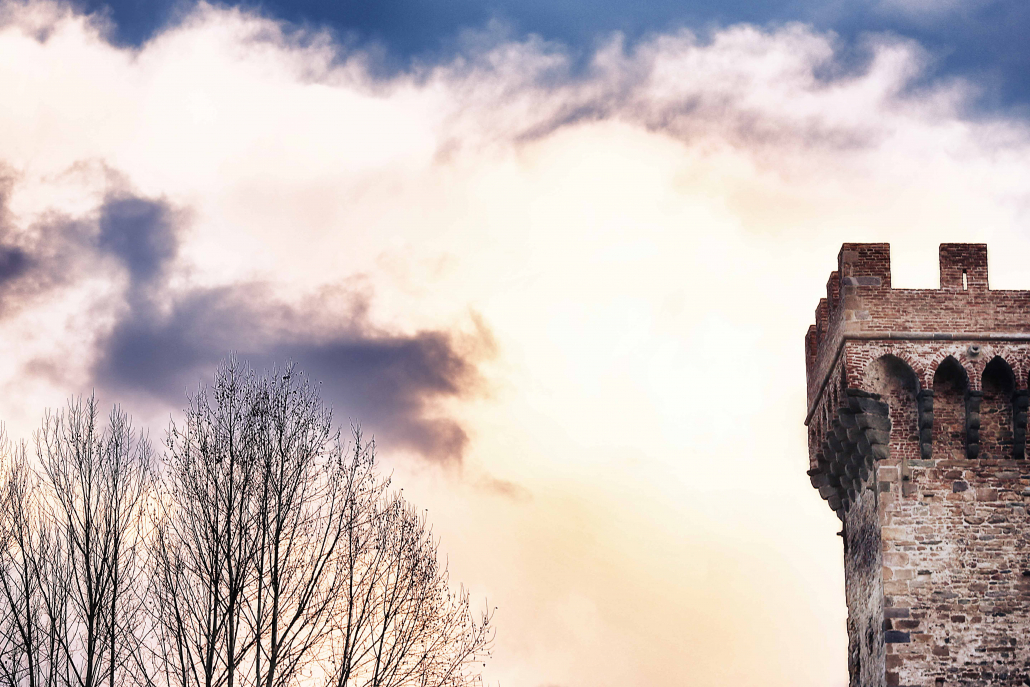
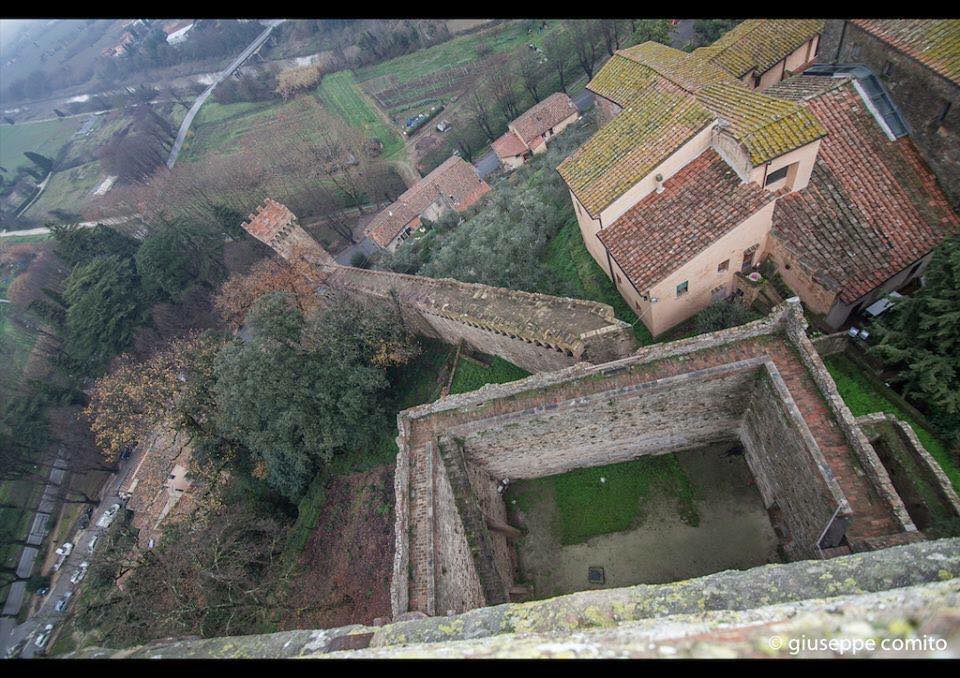
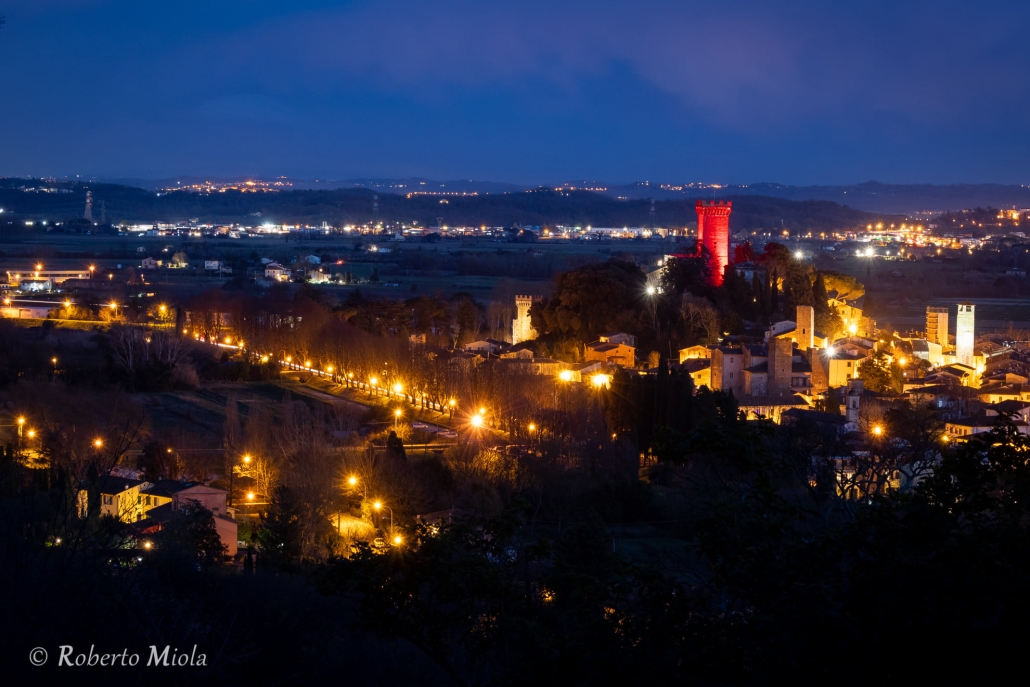
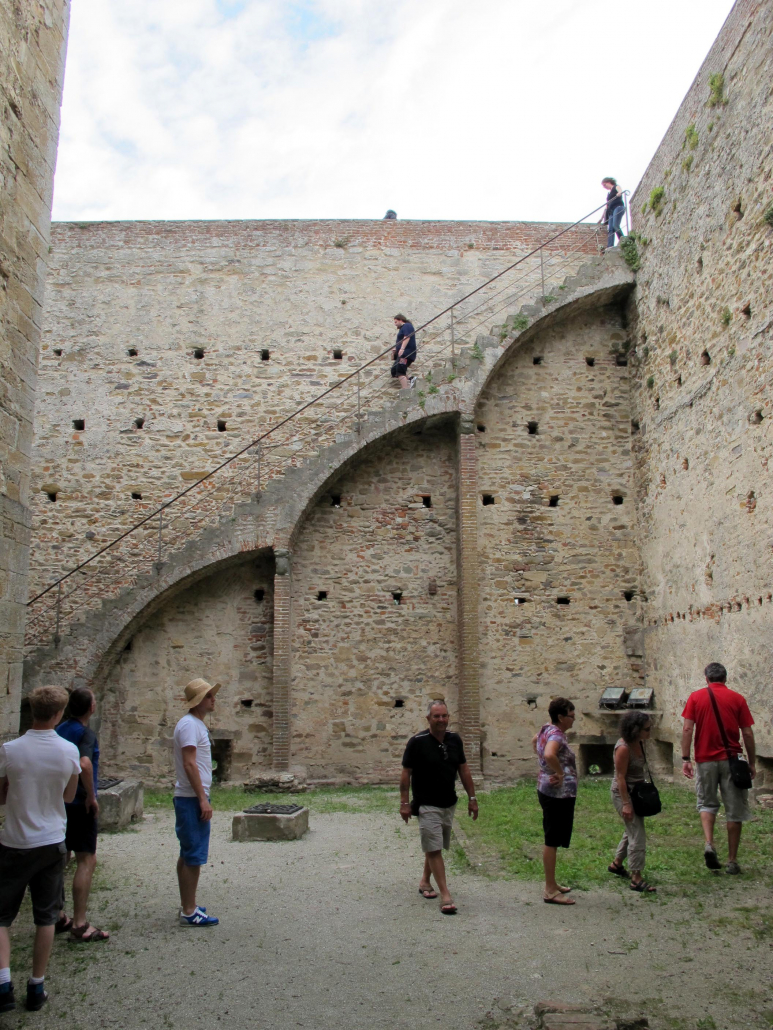
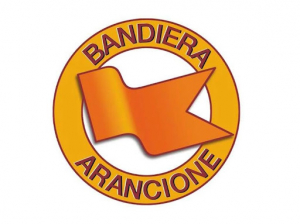

 parri
parri